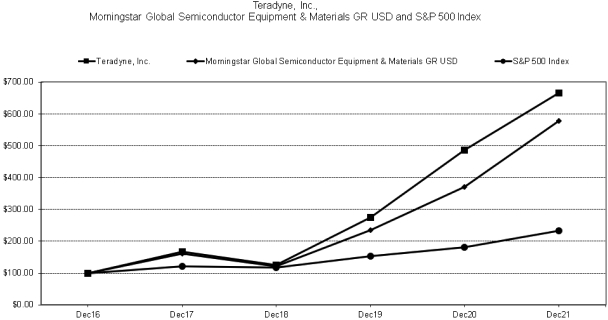The risks described below are not the only risks that we face. Additional risks and uncertainties not currently known to us or that we currently deem to be immaterial also may materially adversely affect our business, financial condition and/or operating results.
Risks Related to the
COVID-19
Pandemic
The novel coronavirus
(COVID-19)
pandemic has impacted our business and could materially adversely affect our results of operations, financial condition, liquidity or cash flows.
The global pandemic of the novel strain of the coronavirus
(COVID-19)
has resulted in government authorities implementing numerous measures in an effort to contain the spread of the virus, such as travel bans and restrictions, limitations on gatherings or social distancing requirements, quarantines,
orders, vaccination and testing mandates, and business limitations and shutdowns. These measures have impacted our
operations and disrupted our business, workforce and operations, as well as the operations of our customers, contract manufacturers and suppliers. In the U.S., we have implemented a
policy which will require costs to implement testing protocols and increases the risk of employee attrition. The
COVID-19
pandemic, and the numerous measures implemented by authorities in response, has adversely impacted our results of operations, including increasing costs company-wide, but we cannot accurately estimate the full extent of the impact to our 2021and 2020 financial results or to our future financial results.
The
COVID-19
pandemic has significantly increased economic and demand uncertainty in our markets. The uncertainty resulted in a decrease in orders for our Industrial Automation products in 2020 and could continue to impact the business for an uncertain period of time. The spread of
COVID-19
has caused us to modify our business practices, including implementing vaccination, testing, masking and social distancing policies, suspending employee travel, requiring most employees to work remotely, canceling physical participation in meetings, events and conferences, and extensively and frequently disinfecting our workspaces, and we may take further actions as may be required by government authorities or that we determine are in the best interests of our employees, customers, contract manufacturers and suppliers.
We are continuing to monitor the rapidly evolving situation regarding the
COVID-19
pandemic. However, we are unable to accurately predict the full impact of
COVID-19,
which will depend on future developments that are highly uncertain and cannot be predicted with accuracy, including, but not limited to, any new surges of the virus or new strains or variants of the virus, the broad availability of effective vaccines, further government actions to contain the virus, and how quickly and to what extent normal economic and operating conditions can resume.
Risks Associated with Teradyne’s Markets
Our business is impacted by global and industry-specific economic cycles, which are difficult to predict, and actions we have taken or may take to offset these cycles may not be sufficient.
Capital equipment providers in the electronics, semiconductor industries and industrial automation, such as Teradyne, have, in the past, been negatively impacted by both sudden slowdowns in the global economies and recurring cyclicality within those industries. These cycles have resulted in periods of over-supply; a trend we believe will continue to occur. Our business and results of operations depend, in significant part, upon capital expenditures of manufacturers of semiconductors electronics and other industrial products, which in turn depend upon the current and anticipated market demand for those products. Disruption or deterioration in economic conditions may reduce customer purchases of our products, thereby reducing our revenues and earnings. In addition, such adverse changes in economic conditions, and resulting slowdowns in the market for our products, may, among other things, result in increased price competition for our products, increased risk of excess and obsolete inventories, increased risk in the collectability of our accounts receivable from our customers, potential reserves for doubtful accounts and write-offs of accounts receivable, increased risk of restructuring charges, and higher operating costs as a percentage of revenues, which, in each case and together, adversely affect our
